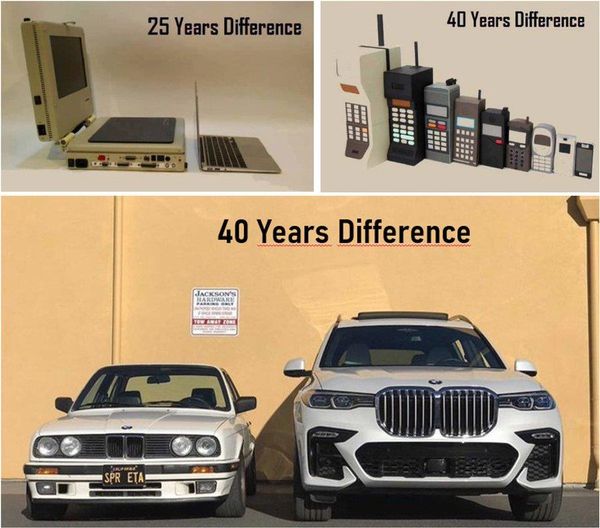Every urban area in the UK has increasing problems of congestion and frustration with getting around. The BCP area has always been challenging to move around, bounded by the sea, and historically being partly Hampshire, partly Dorset, with road systems and bus operations that were not well connected. But congestion has progressively become worse.
- increasing car-ownership, with more vehicles parked on the highway
- building developments favouring those with cars – out of town shopping, employment etc
- No space for creating new road capacity
- More higher density developments in our three towns.
- Vehicles have become significantly larger – the smallest like the Mini has grown 33% wider. In part this has been for greater safety of occupants, but some are just too big for an urban space.
- busy lives with family and friends dispersed across the country and globe.

The significant increase in vehicle width impacts the available space for vehicles to pass each other, or parked cars, and on the space and safety left for pedestrians and cyclists. There is no new space or Government support for significant road building in our area, and whilst car parks can be re-ligned to widen each bay, that is at the expense of their capacity.
The Government Dept for Transport have set priorities for highways improvements. These recognise the throughput of people rather than vehicles, and puts an emphasis on those most vulnerable to danger from other road users. The challenge is to support and encourage the use of the most appropriate mode of transport for the journey undertaken.

Of course if you want or need to travel long distance with a whole family, or transport a load, the car may be the most economic means, but for short trips, unless a disability prevents it, walking or cycling – now known as Active Travel – is best for health, for congestion, for air quality, and its the cheapest way to get about.
Many things strike me about the Lowry picture below, from 1935. Firstly, the street to the church has bollards to stop through traffic. Now termed a Low Traffic Neighbourhood (LTN), the use of bollards to calm areas goes back to the time when spare cannon were being used. There are lots of people about, kids playing and pets free to roam.
Sadly, given the time frame the queue at the back of the van may have been a soup kitchen rather than some mobile delicatessen. The return to large numbers of people now needing to use foodbanks is a shameful reminder of how inequitably wealth is distributed.

The battles about how we allocate our public space are ongoing and complicated by Climate change, and the need to reconsider drainage, tree shading, and how and where we provide electric vehicle charging points.
Covid lockdown was interesting in reminding us to value what is on your doorstep, and yet current thinking about supporting and enabling people to access core services within 15 minutes (“15 minute neighbourhoods”) is being turned by some libertarians into some controlling dystopia. Being able to walk to the shops is far more liberating than having to own a car and drive for miles because it is the only option left, especially for the 1/3 of the population whose young or old age, health, infirmity, economic circumstance or choice mean there is no car in the household.

Leave a Reply